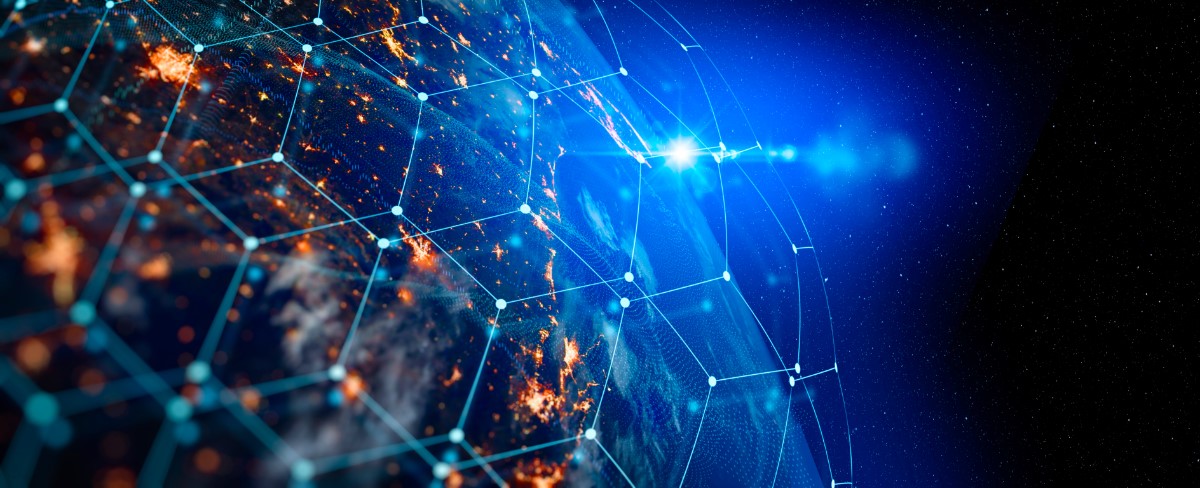|
In recent years, the field of geospatial technology has seen significant advancements, driving progress in aviation and aerospace. These technologies provide the backbone for precise positioning, navigation, and timing (PNT) systems essential for a myriad of applications. From enhancing flight navigation to improving satellite deployment and management, modern geospatial technologies ensure higher accuracy, reliability, and efficiency. This article delves into the latest geospatial technologies, providing a detailed overview along with their benefits and challenges. Overview of Key Geospatial Technologies 1. Global Navigation Satellite Systems (GNSS) Enhancements Global Navigation Satellite Systems, including GPS (USA), GLONASS (Russia), Galileo (EU), and BeiDou (China), are pivotal in aviation and aerospace navigation. Recent enhancements focus on multi-frequency receivers and GNSS augmentation systems to boost accuracy and reliability. Benefits:
Challenges:
2. Real-Time Kinematic (RTK) and Precise Point Positioning (PPP) RTK and PPP are advanced GNSS techniques offering high-precision positioning. RTK uses real-time corrections from a base station, while PPP leverages precise orbit and clock data for global applications without a local base station. Benefits:
Challenges:
3. Inertial Navigation Systems (INS) INS employs accelerometers and gyroscopes to track an object’s position and orientation autonomously. Recent advancements include hybrid GNSS/INS systems and miniaturized high-precision INS units. Benefits:
Challenges:
4. Light Detection and Ranging (LiDAR) LiDAR technology uses laser pulses to measure distances, providing high-resolution 3D maps. It is instrumental in terrain mapping, obstacle detection, and aerial surveys. Benefits:
Challenges:
5. Synthetic Aperture Radar (SAR) SAR creates high-resolution images of the Earth's surface using radar. It is particularly valuable for earth observation, disaster monitoring, and surface deformation studies. Benefits:
Challenges:
6. Automatic Dependent Surveillance-Broadcast (ADS-B) ADS-B is a surveillance technology that broadcasts aircraft position and other data to air traffic control and nearby aircraft, enhancing situational awareness and traffic management. Benefits:
Challenges:
7. Geospatial Big Data and AI The integration of big data analytics and artificial intelligence (AI) in geospatial technology allows for predictive analytics and automated image analysis, driving advancements in decision-making and operational efficiency. Benefits:
Challenges:
8. Quantum Positioning Systems (QPS) QPS utilizes principles of quantum mechanics to achieve high-precision navigation. It is particularly useful in environments where GNSS signals are weak or unavailable. Benefits:
Challenges:
9. High-Altitude Pseudo-Satellites (HAPS) HAPS are aircraft operating in the stratosphere, providing persistent surveillance and communication capabilities over large areas. Benefits:
Challenges:
10. Integrated Navigation Systems Combining multiple technologies into a cohesive system enhances redundancy and reliability, providing robust navigation solutions through sensor fusion. Benefits:
Challenges:
Conclusion
Advancements in geospatial technology have revolutionized aviation and aerospace, providing unprecedented levels of accuracy, reliability, and efficiency. The integration of these technologies enables precise positioning, navigation, and timing, crucial for various applications ranging from flight navigation to satellite management. As these technologies continue to evolve, they will further enhance the capabilities of aviation and aerospace operations, ensuring safer, more efficient, and more reliable outcomes. The ongoing development and integration of these technologies promise a future where geospatial information is seamlessly utilized, driving innovation and progress in the aviation and aerospace industries.
0 Comments
Leave a Reply. |
AuthorTim Hardwick is a Strategy & Transformation Consultant specialising in Technology Strategy & Enterprise Architecture Archives
March 2025
Categories
All
|


